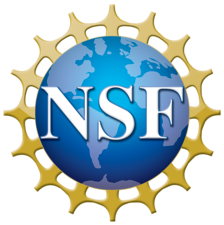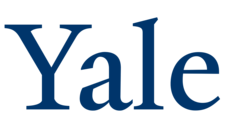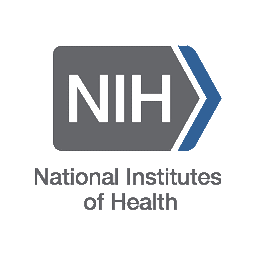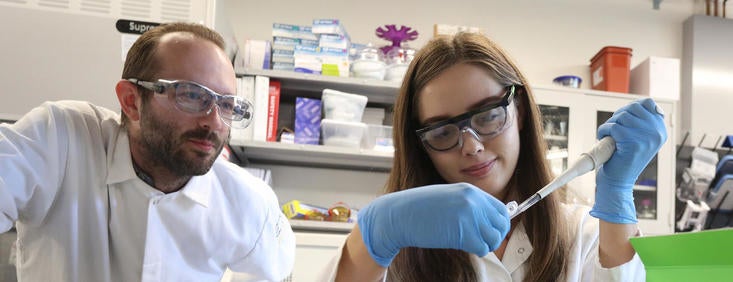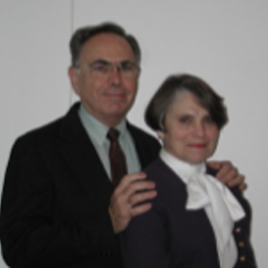MAKING DISCOVERIES
THAT CHANGE OUR WORLD
Over the past four years (2018 - 2021) our department has had an average annual research expenditure of $3.2 million in research grants from premier private and public funding sources.
FEATURED RESEARCH AWARDS
XIAOPING HU AWARDED $2 MILLION FROM THE NATIONAL INSTITUTE OF AGING TO IMPROVE UNDERSTANDING OF DEMENTIA
Paired with a psychology researcher, Hu will study how the brain’s main norepinephrine production center regulates perception and memory in older adults. The results could improve noninvasive diagnoses and treatments for dementias associated with old age or Parkinson’s disease.
JOSHUA MORGAN AWARDED $500,000 FROM NATIONAL SCIENCE FOUNDATION CAREER AWARD TO UNDERSTAND THE MECHANICAL FORCES BEHIND CELLULAR AGING
Morgan will focus on identifying the role of stiffness and mechanical force in spreading senescene, defined as when cells can no longer divide, from cell to cell – with implications for wound healing, cancer and aging.
GIULIA PALERMO AWARDED $300,000 FROM NATIONAL INSTITUTE OF GENERAL MEDICAL SCIENCE TO INVESTIGATE THE METAL-DEPENDENT FUNCTION, ALLOSTERY AND INHIBITION OF CRISPR-CAS9
ENHANCING OUR RESEARCH LABS
BIOENGINEERING INSTRUCTIONAL EQUIPMENT FUND
Amount Raised
-
Supports equipment for courses, labs, senior design projects and research
-
$72,000 has been raised toward $90,000 goal by the end of 2021
-
Initiated with a $40,000 gift from a Bourns College of Engineering parent
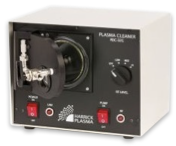
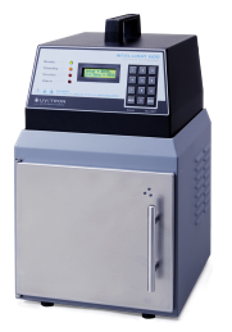

EXPANDING KNOWLEDGE OF BIOENGINEERING RESEARCH
JANE AND JEROME SCHULTZ LECTURESHIP IN ENGINEERING
-
New endowed lecture series established by founding chair of bioengineering, Jerry Schultz
-
Inaugural lecture in 2022
FINANCIAL SUPPORT FROM:
